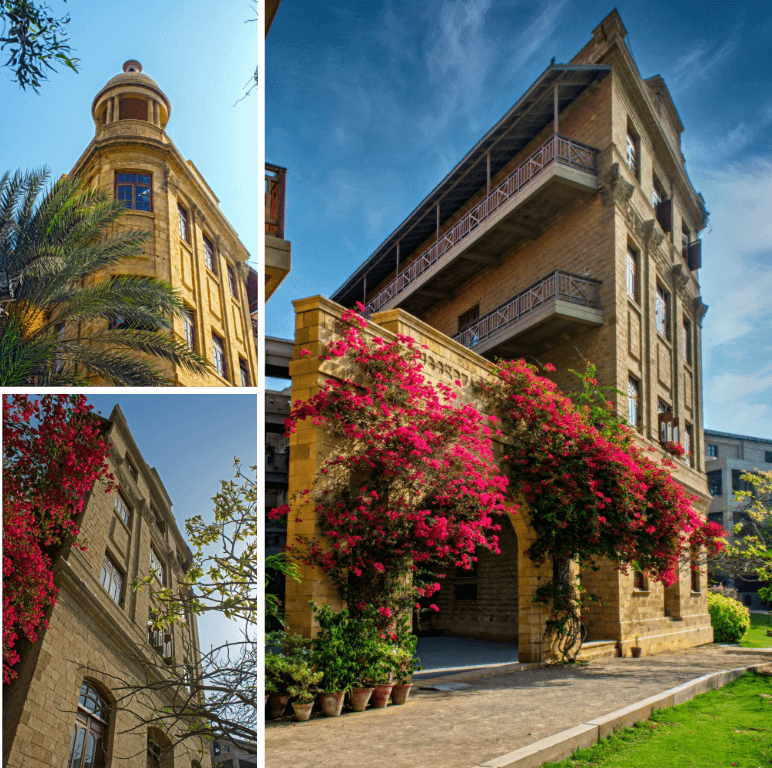Ozair Bin Mansoor
Thesis Title:
Spatial Proxemics and Sites of Loss, Grief, Remembrance and Prospect
Project Title:
Hayat-e-Nau (Cemetery and Islamic Burial Facility)
Location:
DHA Phase 8 Burial Ground, Karachi
User Group:
Mourners
This thesis explores burial grounds as sites of loss, grief and remembrance on the one hand and prospect on the other through an understanding of spatial proxemics ranging in scale from collective to individual. Through a deeper comprehension of such proxemics, it seeks to transform one such site into a reorienting device, serving as a threshold between life and death, or an end and a new beginning. Here, the built and notions of mortality on land coupled with the unbuilt and notions of immortality into the sea and distant horizon become key elements.


Ozair Bin Mansoor
Architecture
Thesis Title:
Spatial Proxemics and Sites of Loss, Grief, Remembrance and Prospect
Project Title:
Hayat-e-Nau (Cemetery and Islamic Burial Facility)
Location:
DHA Phase 8 Burial Ground, Karachi
User Group:
Mourners
This thesis explores burial grounds as sites of loss, grief and remembrance on the one hand and prospect on the other through an understanding of spatial proxemics ranging in scale from collective to individual. Through a deeper comprehension of such proxemics, it seeks to transform one such site into a reorienting device, serving as a threshold between life and death, or an end and a new beginning. Here, the built and notions of mortality on land coupled with the unbuilt and notions of immortality into the sea and distant horizon become key elements.
0300 821 7393
Hayat-E-Nau (A New Life). This project is an Islamic Burial Facility which is embedded in the site of an existing Islamic cemetery located in Phase 8, D.H.A. This project explores the spatial proxemics in sites of loss, grief, remembrance and prospect.
This project explores spatial proxemics in a site of loss and grief. Proxemics in architecture was first explored by an American Anthropologist, Edward. T. Hall. It explores the spheres of proxemics formed around us humans, which range from collective public experiences to individual intimate experiences in spaces. I explored this theory in the Islamic burial process. This proxemics can be explored from the intimacy of the ghussal process to the publicness of the namaz-e-janazah.
The exploration of such a complex phenomenon of spatial proxemics in sites of loss and grief can only be experienced by a user group of mourners. Mourning and grieving is a stage of life we all experience once.
The site sits along the coast and provides an opportunity to transition from the notions of mortality in the built to the notions of immortality in the unbuilt. The site ties the two together and acts as a reorienting device.
Roof Plan
Floor Plan
Form Generation. I explored the idea of transition through thresholds. Each threshold unfolded a different quality of light, which completely dematerialized itself towards the unbuilt.
Section of the built burial facility
Section of the Janazgah
Section of the cemetery
View: Entry Space
View: Spatial proxemics explored in the cemetery
Material exploration of the Janazgah

















